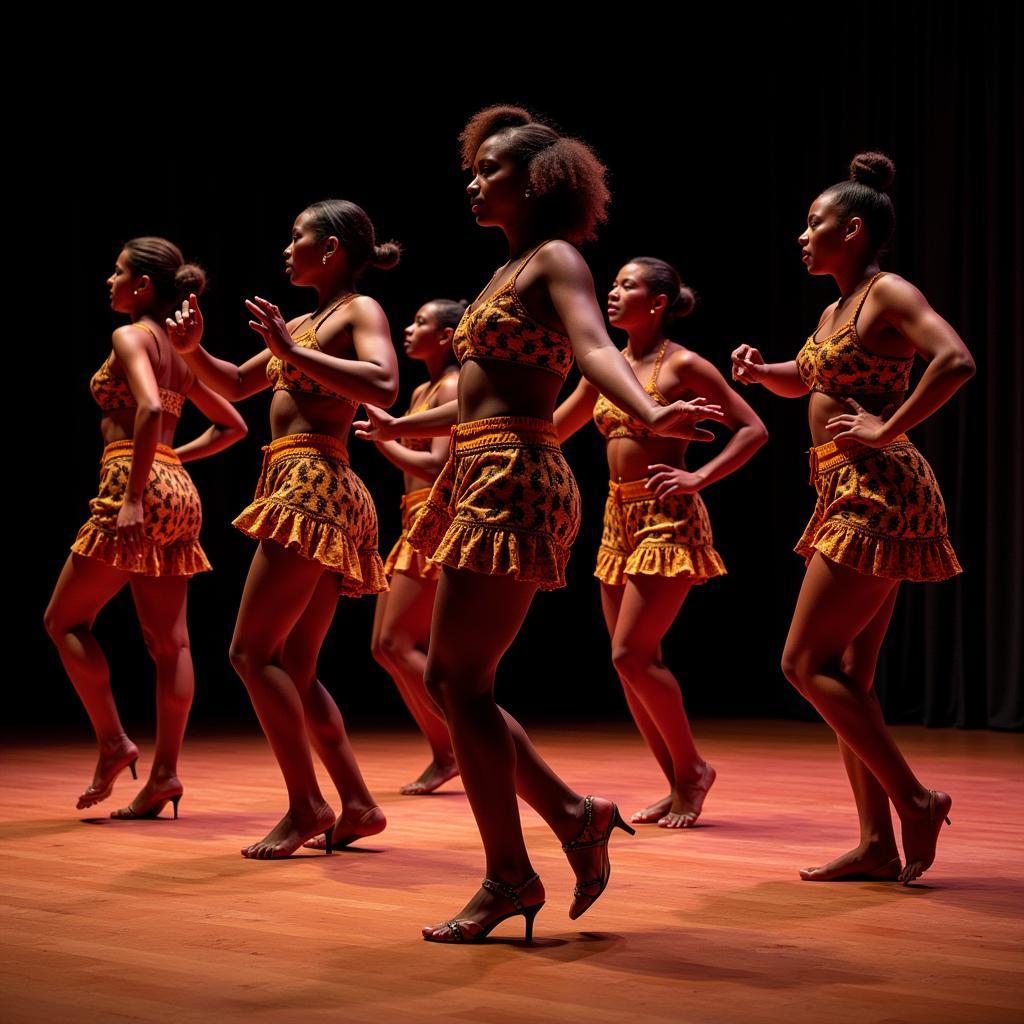The Graceful Springbok: A Symbol of African Wildlife
The springbok, a small antelope native to southern Africa, is a captivating creature known for its remarkable agility, speed, and unique social behavior. Its graceful leaps and elegant movements make it a popular attraction for wildlife enthusiasts, and its iconic “pronking” display is a testament to the diversity and wonder of the African animal kingdom. This article delves into the fascinating world of the springbok, exploring its physical characteristics, habitat, behavior, and cultural significance.
Unveiling the Springbok’s Unique Features
The springbok ( Antidorcas marsupialis ) stands out as a captivating member of the antelope family. Its slender build and striking coloration, a mixture of reddish-brown and white, contribute to its aesthetic charm.
Physical Traits
- Size: The springbok is a relatively small antelope, typically measuring between 60 and 85 cm (24-33 inches) at the shoulder, with a body length of 1.1-1.5 meters (3.6-4.9 feet).
- Weight: Males weigh approximately 35-45 kg (77-99 lbs), while females are slightly smaller, weighing around 30-40 kg (66-88 lbs).
- Coloration: Springboks have a distinctive coloration that helps them blend in with their surroundings. Their backs and flanks are reddish-brown, while their bellies, rumps, and a band across their faces are white.
- Horns: Both male and female springboks possess short, straight, and lyre-shaped horns, typically 20-30 cm (8-12 inches) long.
- Hooves: Springboks have slender hooves that are uniquely adapted for their jumping and running capabilities.
“The springbok’s striking coloration and elegant physique have long been admired by people across southern Africa,” says Dr. Njabulo Mahlangu, a renowned wildlife expert. “Its graceful movements and impressive agility make it a true spectacle to behold.”
Habitat and Distribution
Springboks are primarily found in open grasslands and semi-arid regions of southern Africa, including:
- South Africa: The Karoo, the Eastern Cape, and parts of the Free State.
- Namibia: The Namib Desert and the central highlands.
- Botswana: The Kalahari Desert and the Makgadikgadi Pans.
- Angola: The southern regions.
- Zimbabwe: The eastern highlands.
Springboks prefer areas with short, sparse vegetation and abundant grazing. They are highly adaptable and can survive in harsh conditions, thanks to their efficient water conservation mechanisms.
Behavior and Social Life
Springboks are highly social animals, living in large herds that can number in the thousands. These herds are typically led by a dominant male, who maintains order and protects the group from predators.
Pronking: A Unique Display of Energy
The springbok’s most remarkable behavior is its iconic “pronking,” a synchronized leaping display often triggered by alarm or excitement. During pronking, springboks jump high into the air, landing with their front legs extended, their backs arched, and their white rumps facing the sky.
“Pronking is a fascinating behavior that serves multiple purposes,” explains Professor Thandiwe Moyo, an expert in animal behavior. “It helps to signal danger to other springboks, disorient predators, and maintain herd cohesion.”
Social Hierarchy and Communication
Springboks maintain a complex social hierarchy within their herds. Dominant males establish dominance through territorial displays, such as head-butting and chasing other males. Communication within the herd occurs through various vocalizations, including bleating, snorting, and grunting.
Springboks and Human Culture
Springboks have played a significant role in the cultural heritage of the people of southern Africa. They have been hunted for food, and their hides have been used for clothing and other traditional items.
Traditional Uses
Springboks are featured in the folklore and mythology of many indigenous cultures in southern Africa. They are often associated with speed, agility, and resilience, reflecting their adaptability to the challenging environment.
“The springbok is a symbol of strength and grace in many cultures,” says Mr. Tumelo Dlamini, a traditional healer from Swaziland. “Its iconic leaping movements are often used in traditional dances, signifying joy, freedom, and connection to the natural world.”
Threats and Conservation
While springbok populations have historically been abundant, their numbers have declined in recent decades due to a variety of factors:
- Habitat Loss and Degradation: Human activities, including agriculture, urbanization, and mining, have led to the loss and degradation of springbok habitats.
- Overgrazing and Competition: Competition for grazing resources with livestock has put pressure on springbok populations.
- Hunting and Poaching: Illegal hunting and poaching remain a threat to springboks, particularly in areas with weak conservation regulations.
Conservation efforts are underway to protect springbok populations, including the establishment of protected areas, community-based conservation programs, and stricter regulations on hunting.
FAQs
Q: Why are springboks called “springboks?”
A: The name “springbok” comes from the Afrikaans word “springbok,” which means “spring goat.” The name refers to the animal’s remarkable leaping ability.
Q: How fast can a springbok run?
A: Springboks are incredibly fast runners, reaching speeds of up to 88 km/h (55 mph) in short bursts.
Q: Do springboks have any natural predators?
A: Yes, springboks are preyed upon by a variety of predators, including lions, cheetahs, leopards, hyenas, and wild dogs.
Q: Can springboks be domesticated?
A: While springboks can be kept in captivity, they are not typically domesticated. Their wild nature and tendency to pronk can make them challenging to manage in a domestic setting.
Q: Where can I see springboks in the wild?
A: Many national parks and reserves in southern Africa offer opportunities to see springboks in their natural habitat. Some of the best places to observe them include the Kruger National Park in South Africa, Etosha National Park in Namibia, and the Kalahari Gemsbok National Park in Botswana.
Conclusion
The springbok is a captivating emblem of the African wildlife landscape, renowned for its graceful movements, unique social behavior, and cultural significance. Its ability to adapt to challenging environments and its striking pronking display make it a testament to the remarkable diversity and beauty of the animal kingdom. As we continue to learn more about this extraordinary creature, it is essential to recognize the importance of conservation efforts to protect its future.




